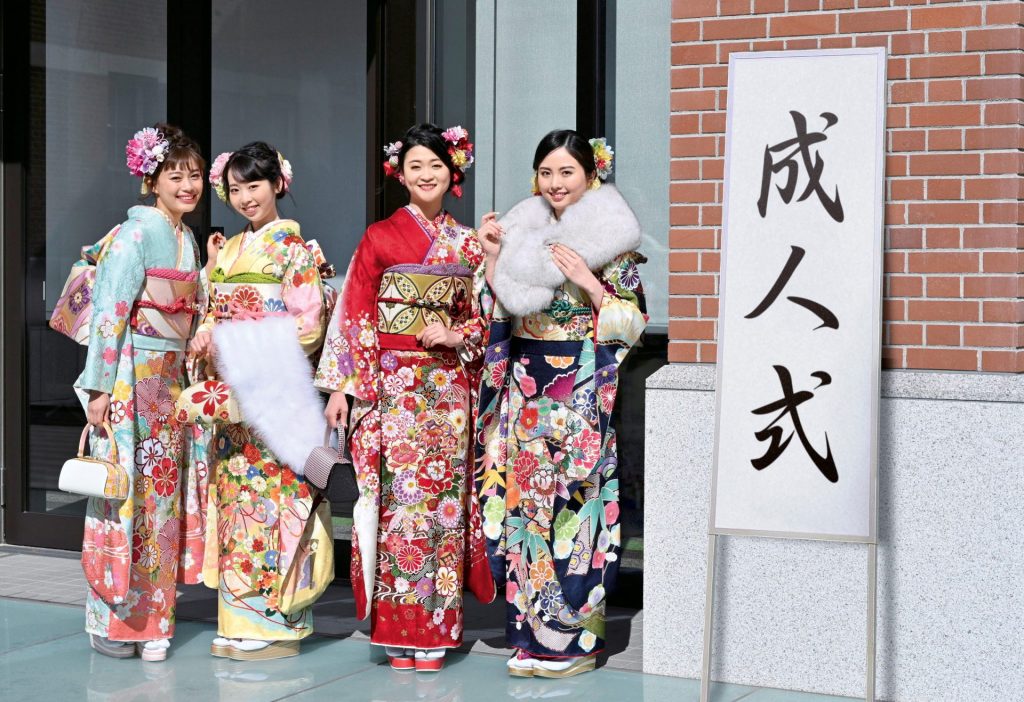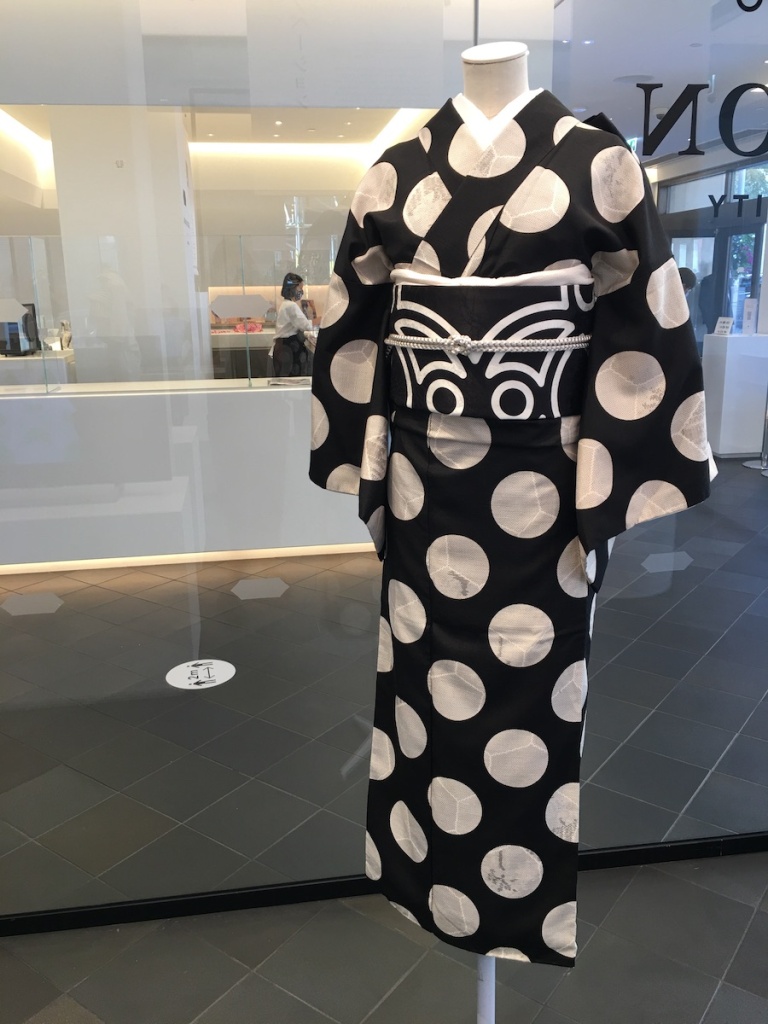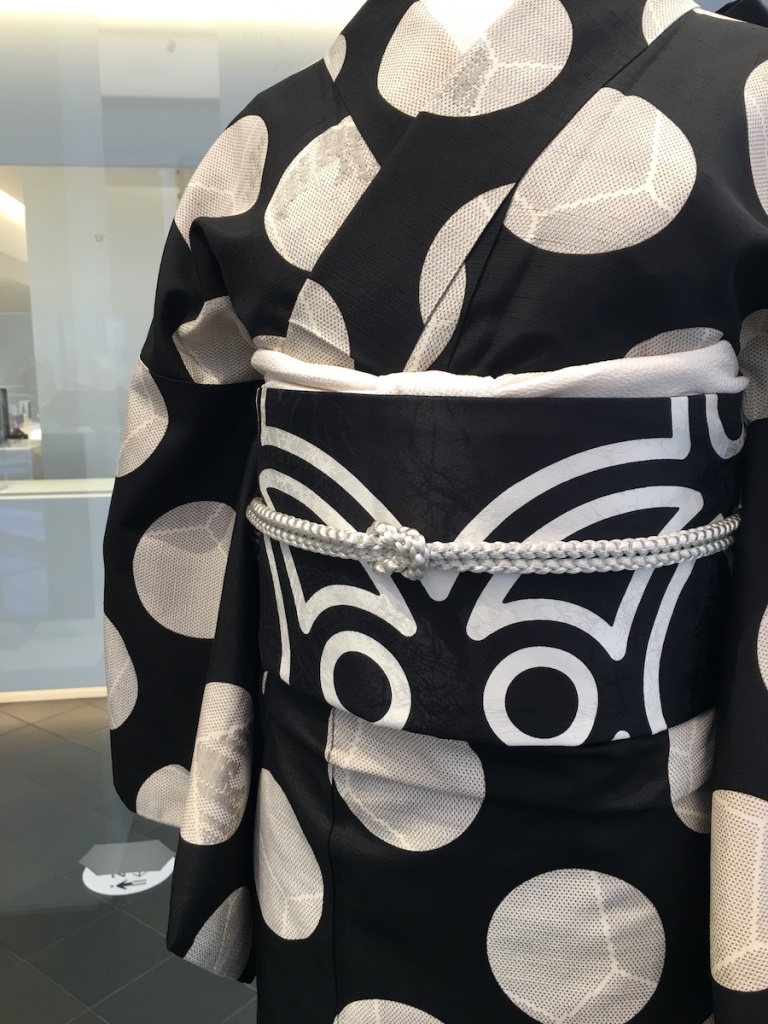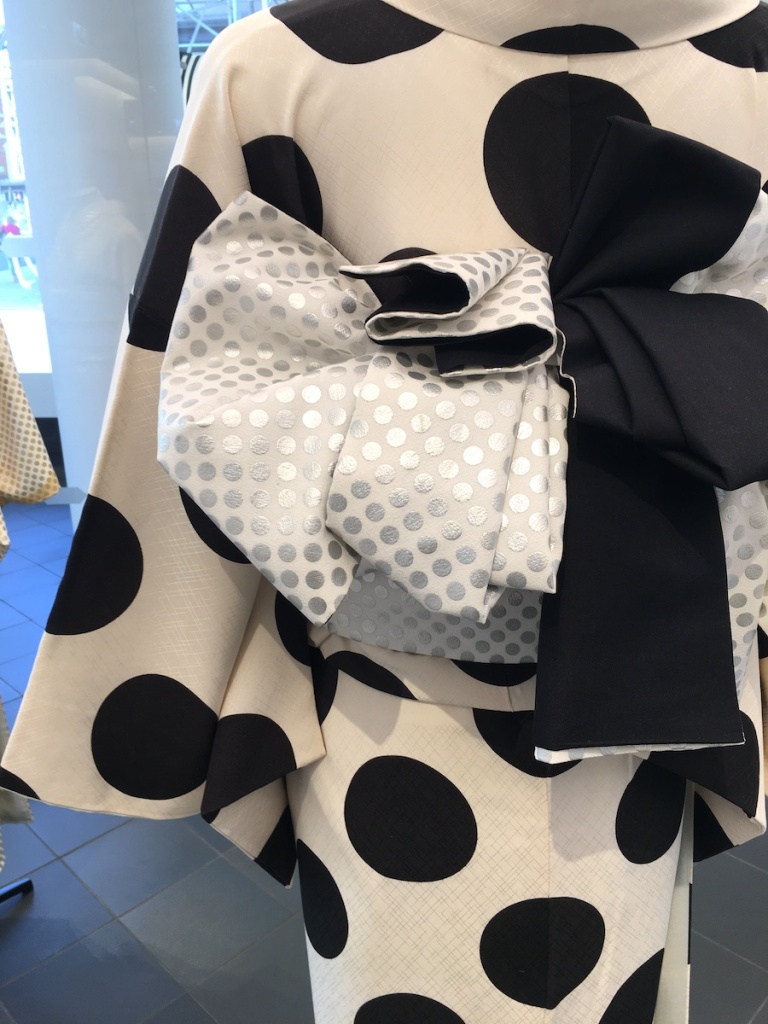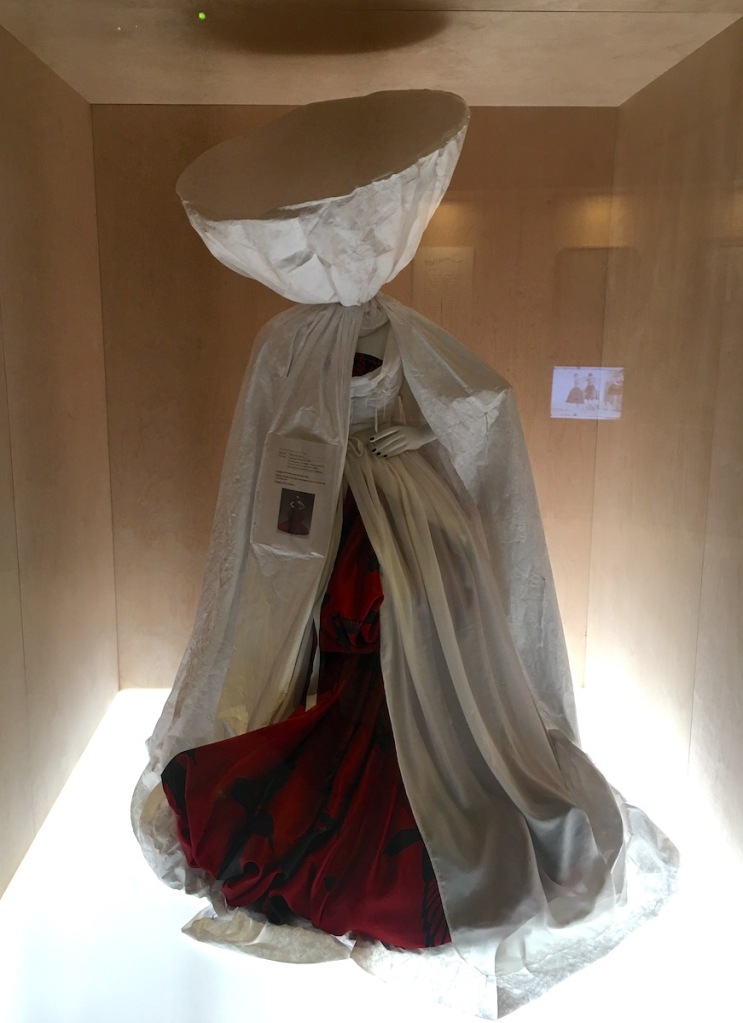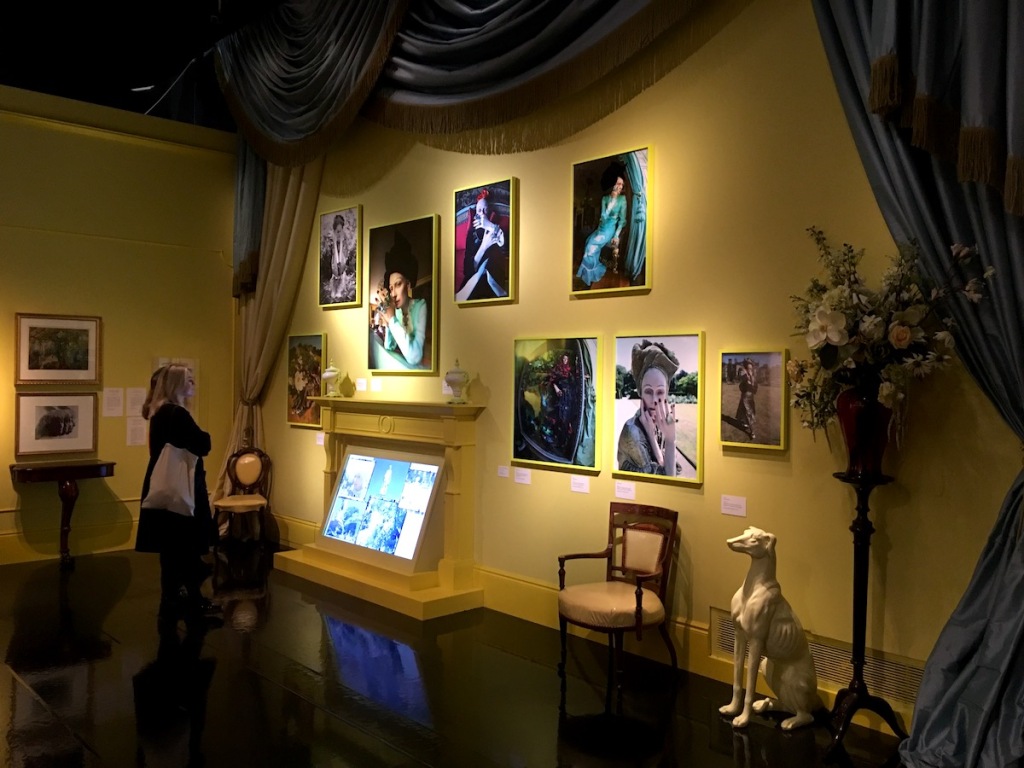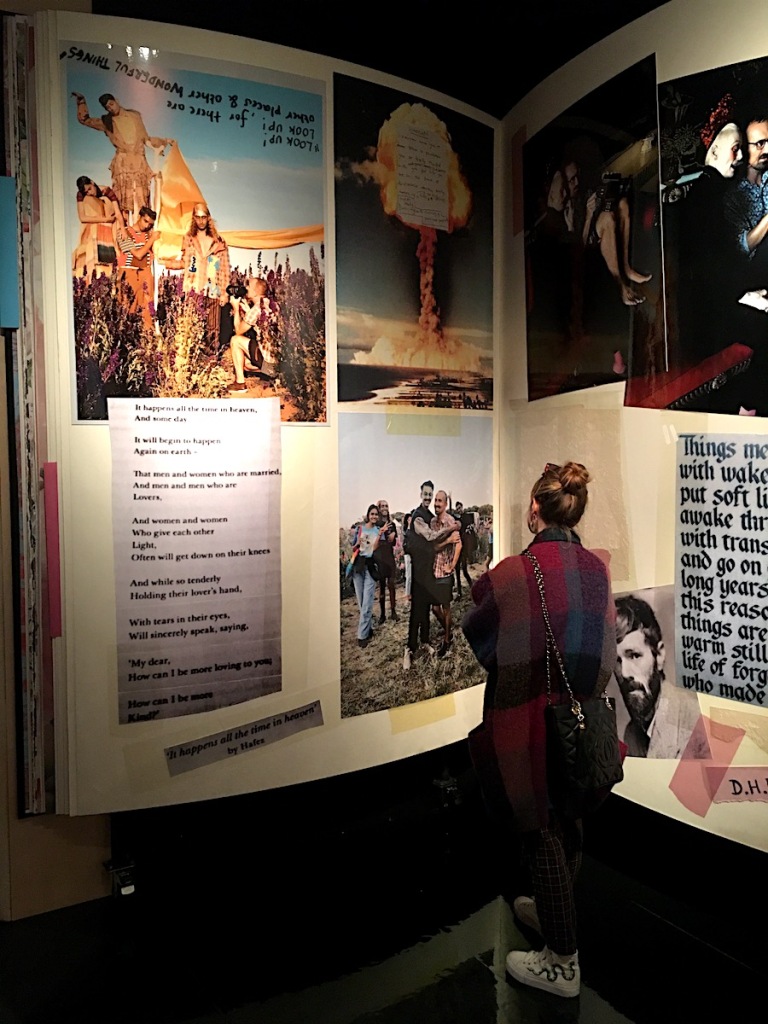Woodblock prints called ukiyo-e (浮世絵, literally ‘pictures of the floating world’) became a popular art form during Japan’s Edo period (1603-1868). Their depictions were closely tied to the cultural practices cultivated by chōnin (町人), members of the merchant class, who emerged as the patreons of Edo’s urban entertainment and culture.
While the shogunate formed the politicial authority of the time, the merchant class became more and more dominant in influencing urban culture in the thriving economic centres of Edo (former Tokyo), Osaka and Kyoto. This created quite a bit of tension, however; the social hierarchy envisioned by the shogunate was based on Confucian values and cast merchants as part of the lowest class. This was based on the assumption that merchants did neither use mind (like scholars) nor muscles (like farmers and artisants) to produce something of ‘value’ but were rather, in their ‘excessive accumulation of wealth’, a threat and disturbance to the social order.

This low, social position was contrasted with the growing financial means and, therefore, cultural influence which the chōnin managed to accumulate during the course of the 17th century. While the shogunate followed rationalistic Neo-Confucian principles, the merchant class was guided by the hedonistic celebration of the ‘floating world’ (浮世, ukiyo). This term describes the transient, unreliable world into which one is born into but aims to escape through Buddhist practices such as meditation and abstinence. Edo’s merchants turned this believe on it’s head not by resisting but rather celebrating and seeking out everyday forms of pleasure and entertainment.
Ukiyo-e woodblock prints became a means to visually capture the varied amusements of the ‘floating world’. Special occassions such as appreciating the seasonal flowers in a nearby temple garden were equally depicted as were the occassional visit to a local sentō (銭湯, bathing house). Travel scenes and popular spots aimed to inspire touristic journeys while well-known scenes from folk tales and history served as everyday entertainment. In terms of human subjects, beautiful and stylish men and women, represented most commonly by kabuki actors and courtesans, were equally among the favoured subjects ofukiyo-e artists. Being clad in the latest fashion and/or showing off their personal style, actors and courtesans became trend setters for dress and design through these easily distributed prints.


Another popular but slightly less often discussed cultural figure was the cha-ya musume (茶屋娘, literally ‘teahouse daugther’). Having a tea and some snacks at a cha-ya was a popular leisure activity. While these establishments were often run by elderly couples, the tactic to employ young, attractive women to serve tea and have a bit of a chat with customers quickly became a marketing strategy.
A quite famous cha-ya musume was Naniwaya Okita (難波屋, born 1778), who was a female employee of a cha-ya located close to the famous Buddhist temple Sensō-ji. She became one of the favourite subjects of ukiyo-e artist Kitagawa Utamaro, whom he enshrined as one of the ‘three beauties of the present day’ in a print of the same name. Due to the fame she gained through the prints, Okita became the ‘poster girl’ of the shop, with some customers believed to travel far and white for a glimpse of this fair young lady.
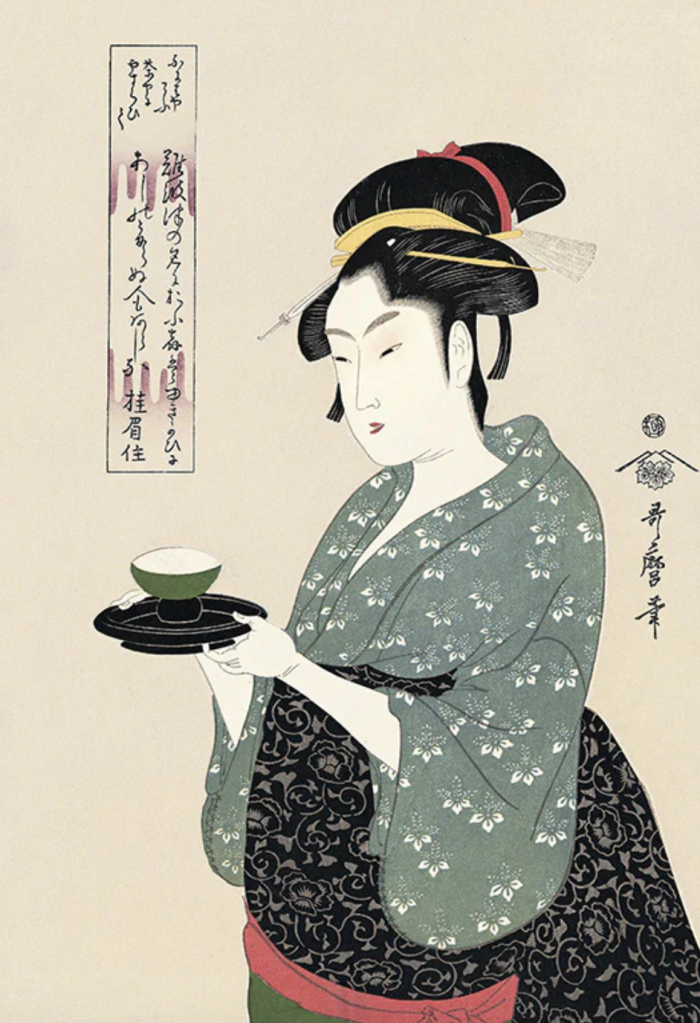

By studying ukiyo-e, we can learn a lot about the popular culture which was built on the hedonistic practices and preferences of the urban working classes of Edo Japan. With their love for entertainemt and fun, they were an annoyance to the ruling shogunate, but created a culture which many of us still can relate to today.
Eine deutsche Version des Artikels findet ihr auf JAPANDIGEST: https://www.japandigest.de/kulturerbe/geschichte/kunsthandwerk/ukiyo-e/













